Senses covered in the dust of craft….
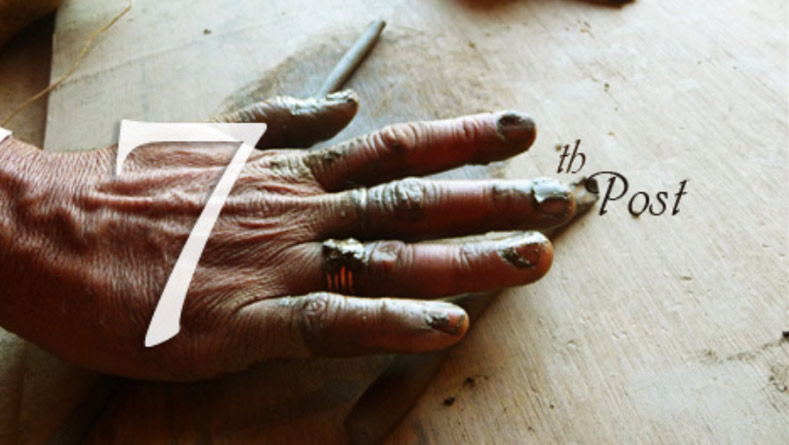
In our two years long journey ,we have spoken about 74 different stories. Stories of crafts that sing, shine ,explore colors, crafts that we wear and feel good, crafts thatsmell good and the ones that taste good…This 75th craft post is an attempt to understand the frame of mind and senses behind those intricate frames of hands which are capable of being the magicians of dust….
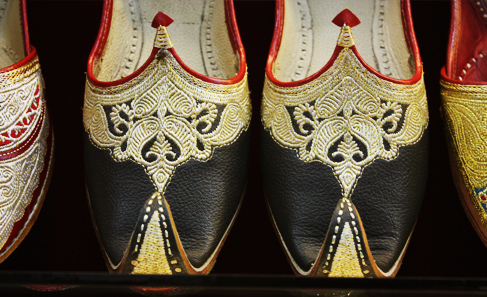
Started to aid the functions of daily life, crafts in due course of time have evolved over mere objects of functionality to pieces of art for vision, audition, olfaction, tactician and taste. On the way, enhancing the very sensitivity of the craftsmen towards these senses and improving their skills.
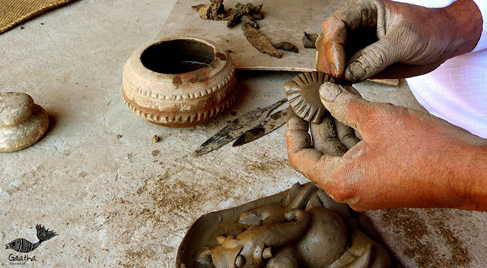
Carefully shaped by the hands of their creator, these crafts tease the senses of the user, tickling one or more of them at a time, calling for their involvement, transcending them to the world of ethereal beauty. And its this multisensory involvement that makes them so special and unique, unlike your run of the mill products.
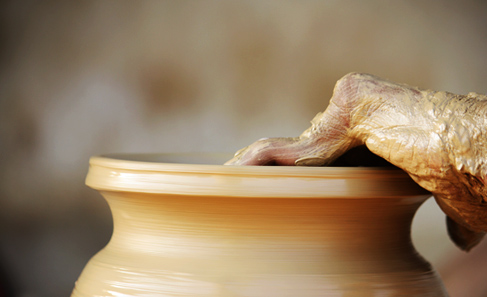
Handicraft – as the word suggests, is something made by hand or by using onlysimple tools. Which invariably makes all the craftsmen highly tactile sensitive. This eminently developed sense of touch, achieved over years of practice, enables a potter to shape these beautiful, symmetric and intended forms on a fast rotating wheel. One wrong pinch or an unintended pressure of the finger is enough to render it faulty.

Not to forget the sweet earthen smell that makes ‘Kullar’ vali chai a delicacy, many cherish. Owing to the insulating properties of earth, kullar unlike metal doesn’t burn while sipping. These biodegradable cups get absorbed in soil once disposed, giving the product a high green value.
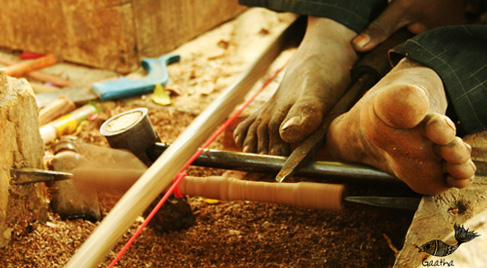
While other senses are restricted to specific parts of the body, our sense of touch is found all over and to flatter that we have textiles, knit and woven carefully, evolved to suit vernacular tastes and needs.
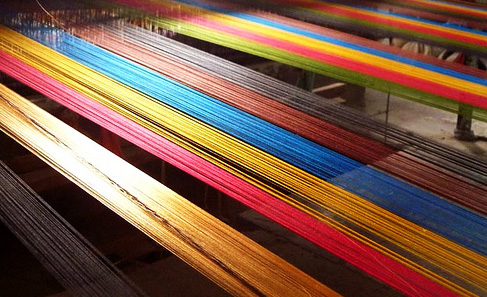
We have woolens to keep us warm during winters and heaters like Pashmina for Kashmir, cool cottons to help us combat summers and translucent Maheshwari for hot Deccan.
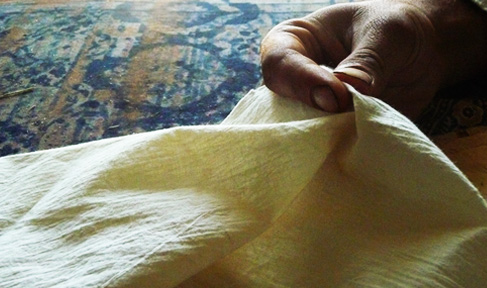
These wondrous adaptations are indeed an outcome of years of observation and hard work, that transcend through the wise hands of a weaver to ‘feel good’ ,when your finger tips examine them for that one last time before buying …
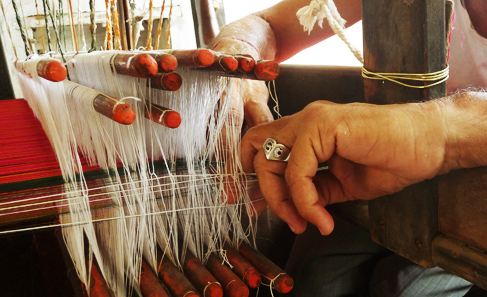
Amongst various reasons for which crafts evolve in our country, religious sentiments evoke an unavoidable need that mothers the innovations like the beautiful Mushroo. Soft and silky on top and somewhat coarse on the inside, Mushroo is the silk of Gujarat.
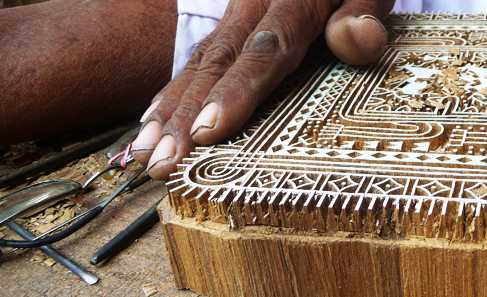
A sculptor who knows his material well, sees the form with his sense of visualization and balance, much before he replicates it in stone through his unique eye-hand co-ordination. Whereas, the art works like etching, embossing,wood carving and embroidery are tactile ticklers….
Its really interesting to see how crafts on one hand modify to adapt to the local needs and on the other hand are keeping with the traditional motifs, colors and forms to make it universally understandable and maintain a visual symbolism.
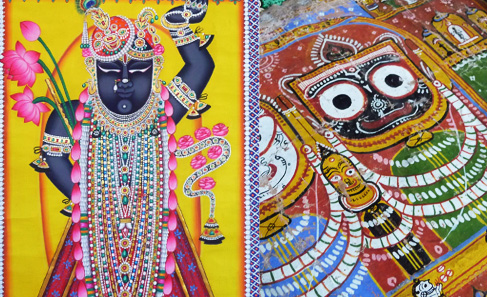
So, while Krishna changes forms with each territory (Dark colour and peacock feather being his recognizing symbols), a blue colored man with four hands, in any of the painted stories, any where, has to be Vishnu and the one with ten heads got to be Ravana…
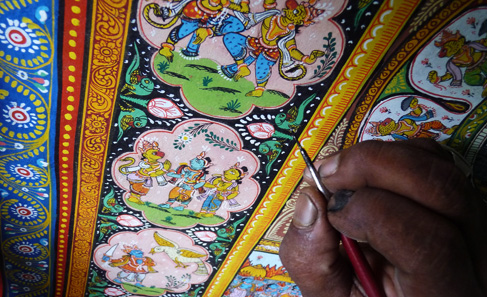
The crafts that are born to tell stories, stories of our forefathers or mythology, of virtues and vices or of the birth of this universe, would not have been as much fun as they are owing to the sense of detail our craftsmen show in creating the sets for them…

As we can see, here story telling also involves high visual sensitivity. craftsmen always try new details to engage attention of their audience eg. in shadow puppetry ,to create an interesting perspective, craftsmen make different sized puppets. Kept at the same distance from the screen, they create an illusion of perspective to the audience.

Multiple blocks tapping on the fabric clad table…in a rhythmic manner… continuously creating beautiful patterns
Material innovations in textiles are to cover in various season, but craft innovations to widen the array of patterns, colors, textures and the joy of playing with them, is an outcome of the everlasting thirst of the mankind to see something new. Block printers with their remarkable coordination between hands and eyes, quench this thirst to a great extent.
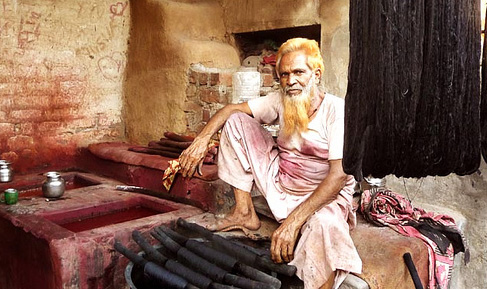
what would you call a hand that raises confidently to mix some three to five different materials, to give you the exact shade of the color swatch you are holding in your hands…it’s the profound sense of judgment that he is the master of.

Not so visually appealing, but a certain part of almost all the households, is the handcrafted incense sticks. Perfuming the surroundings with the numerous aromatic smells, they are one of the most sold crafts of the industry.
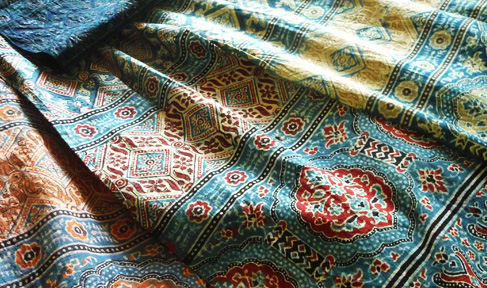
Smell plays a very important role in enhancing our experience. Fabrics naturally dyed with hina, haldi, iron etc. can be identified not just by their color but by the smell as well.
Indian confectioners, popularly known as ‘Halwaais’ are not titled as craftsmen very often. However, they deal with this sense very closely. Masters of the craft of sweet making, they examine food material by smell and color.

Fresh dew drenched flowers, stringed into garlands, are a beautiful way of keeping close to the nature. Be it a puja thali or a traditional urli in the courtyard, an occasion or a brand new day, the event of gifting or self ornamentation, the craft of flower arrangement will remain timeless.
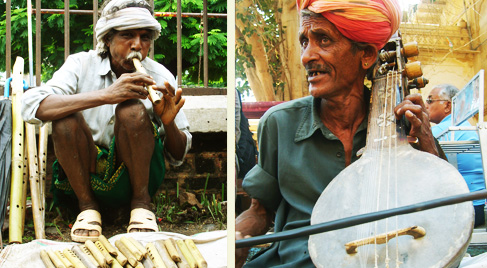
Sweet sound of a tinkling glass bangle, of a bell tossing in a cow’s neck , ghungroos giggling in a dancer’s feet tapping on the classical beats of tabla, humming notes of the strings of a veena, the sing-song stories of the wandering kavad story tellers are all transforming tricks of magical hands…
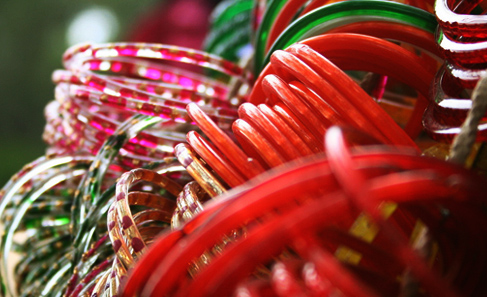
Like the jingling sound of a mother’s bangles is comforting for a baby, assured of her presence nearby, he sleeps peacefully. And that’s how baby rattles and ghungroos came into being.

Amazingly there are thirteen sizes of bells, each customized for a different animal. It takes a lot of expertise, care and sensitivity towards sound as well as touch to beat and dent the bell to get the perfect pitch. A few consistent knocks on a pot tell its maker if the piece is perfect or not.
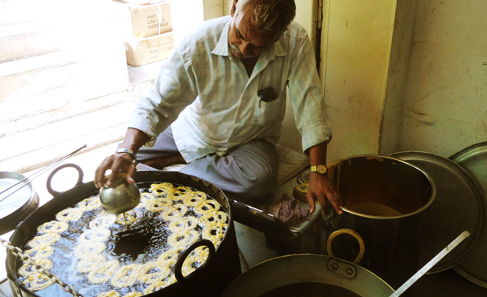
Amongst all the other senses, counted as one of the primal needs of happy living is the sense of taste, thriving on which is the whole big industry of food and beverages , this craft of cooking is a science in itself, which is too vast….but a handicraft from the hands of our mothers, halwais from the streets of india and the master chefs catering to the hospitality industry.
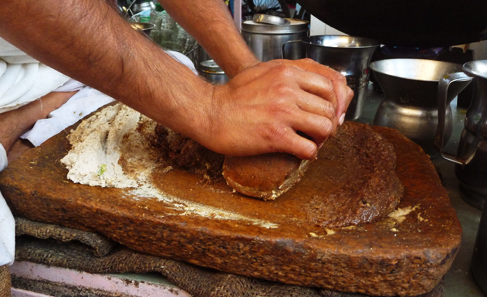
The art of culinary skills flirts with not just the taste buds but four of our senses . They make it look good (using beautiful colors, forms, garnishing), taste and smell good (right compositions) and feel good (to your tongue and hands).
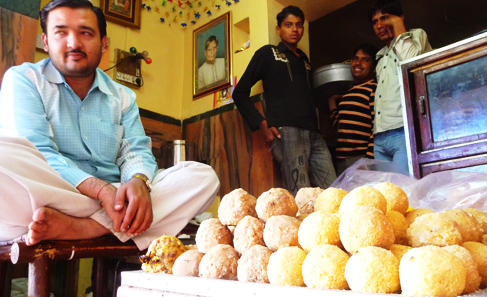
A trained hand knows the size of its laddoos and a trained eye wouldn’t see them off without a silver varak….
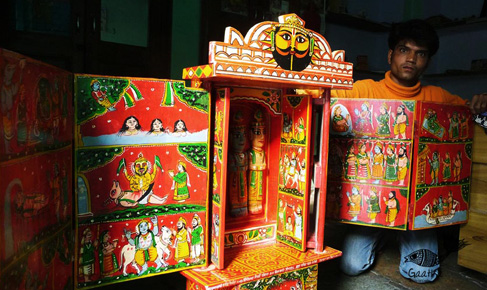
We can go on endlessly talking about the stories of how senses back handicrafts and in-turn get evolved with practice, of how observations lead to wonderful craft innovations over years, the subject being as vast as the history of human existence. However, we conclude with a promise of bringing them to you as the story unfolds itself with time….
~


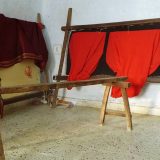








POOJA
Most of the Indian traditional handicraft industry is a group right and so is better to protect.There would have to be too many design patents.
POOJA
wonderful article to be shared.
keep sharing.